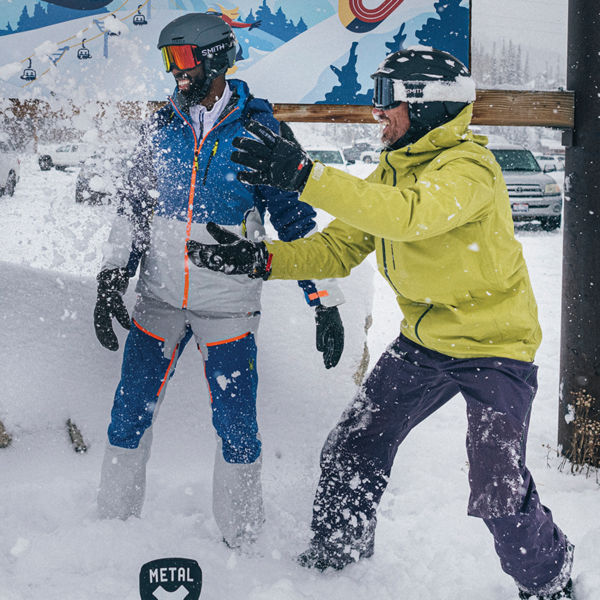
Think of your duffel bag as your portable basecamp. A good one is like a pickup truck for adventure travelers—it moves everything from point to point, and gives you a homebase for organization and gear sanity. But they’re not all the same. Understanding the differences and what to look for can help you find the right one. Here’s how to get started.
In this guide we’ll cover:
- Questions to ask before buying
- Types of duffels
- What size duffel to get
- Features to look for
- Durability
Ask Yourself These Questions
How much gear will I need?
Start by determining the capacity you want. This is as much a function of what you’ll do (like gear-intensive activities) as how long you’ll be gone. Avoid overstuffing a duffel, which can compromise zippers and carrying comfort.
How will I be traveling?
If you’re going to do a lot of walking through town and unknown terrain, you might want a bag with shoulder straps instead of one with wheels, which is best for moving through airports and train stations.
How durable does it need to be?
If you’re mostly schlepping gear from the airport to a hotel, you might prefer something lighter and more nimble. But if you’re throwing your duffel into the belly of a canoe or strapping it to a yak, you’ll likely want something more durable and water resistant.
Types of Duffels
Duffels come in a rainbow of shapes and sizes, but generally break down into the following categories.
Carry-on Duffels
For short trips and minimalist gear needs, a carry-on is the way to go. A carry-on can save you time waiting at the baggage carousel, save you money on checked-bag fees, and save your trip since you won’t have to deal with a lost bag. Check your airlines carry-on restrictions, but generally it will be something like 22 inches x 14 inches x 9 inches. Just remember that if you go carry-on, there are some things, like a knife or multitool, that you can’t bring.
Wheeled Duffels
These bags open wide like traditional duffels, but have wheels for easy rolling. They’re best for heavy loads, on trips when you know you’ll mostly be on smooth surfaces like airport floors and sidewalks. Caution: This design is heavier than the other types, so it reduces the amount of gear you can pack without going over the airline baggage weight limit.
Traditional Duffel
These soft-sided bags are the most versatile option. The best are durable, water resistant, and easy to haul thanks to shoulder straps. However, the biggest ones can get quite heavy when packed full, so even with shoulder straps they won’t be comfortable to carry far.





















